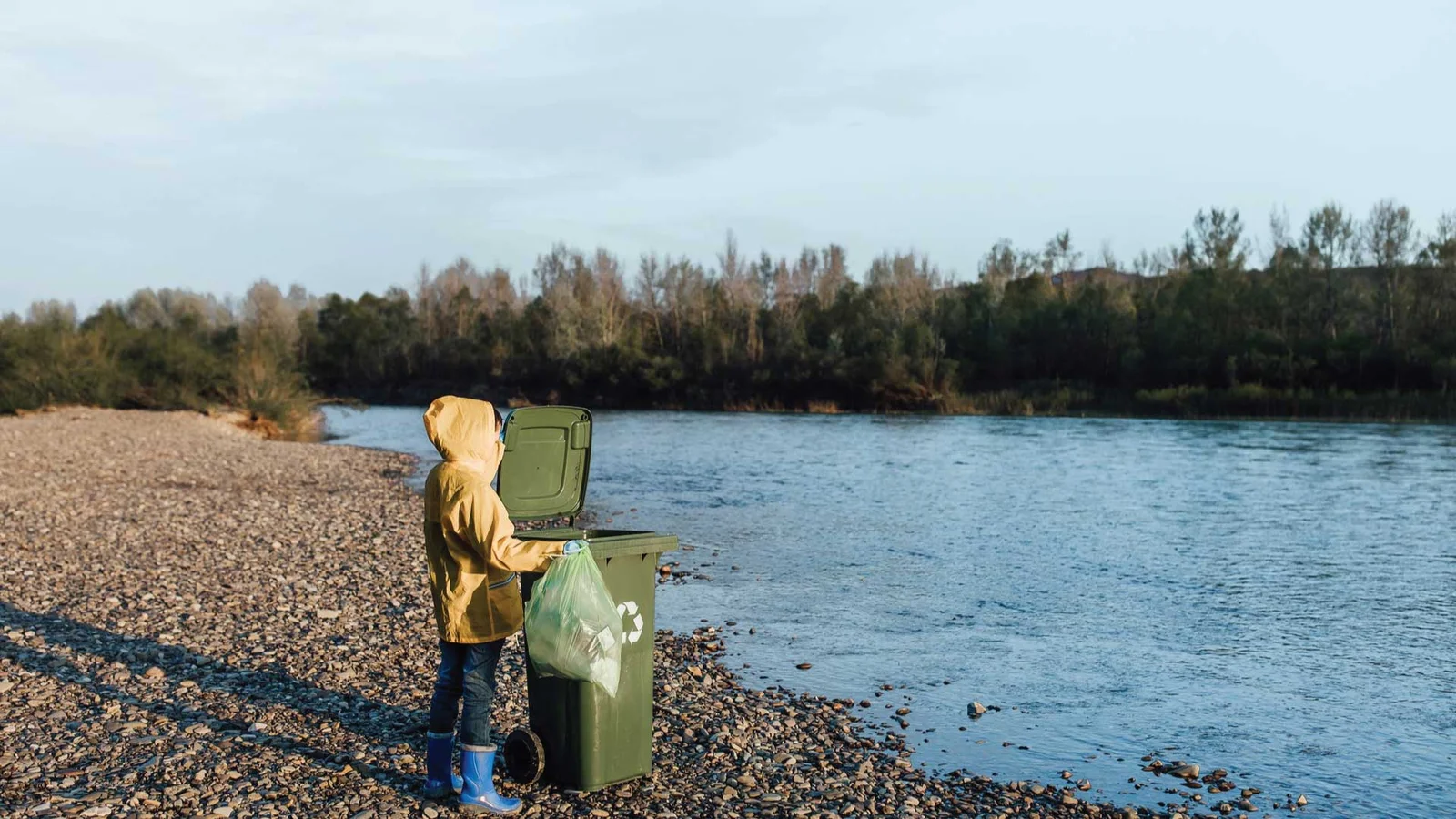As global climate pressures intensify, the spotlight has increasingly turned toward natural systems that can both mitigate environmental degradation and adapt to rapid changes. Among these systems, coastal ecosystems stand out as vital players in maintaining ocean health and resilience. From mangroves and salt marshes to seagrass beds and coral reefs, these ecosystems offer natural buffers against storms, store significant amounts of carbon, and serve as nurseries for marine life. In the conversation about climate action, biodiversity, and ocean restoration, the importance of coastal ecosystems in ocean resilience cannot be overstated. Their role extends beyond environmental benefits—they are foundational to economic security, food stability, and the cultural identity of coastal communities worldwide.
Understanding Coastal Ecosystems and Their Components
Coastal ecosystems are dynamic zones where land meets sea, encompassing a range of habitats such as wetlands, estuaries, coral reefs, and dune systems. These areas support high levels of productivity and biodiversity, playing a crucial role in nutrient cycling, sediment filtration, and shoreline stabilization. Their complexity and connectivity to oceanic systems make them essential in building overall marine resilience.
Why Coastal Ecosystems Are Critical to Ocean Resilience
The resilience of oceans is directly influenced by the integrity of adjacent coastal ecosystems. These zones act as protective buffers that reduce the energy of waves and storm surges, lessening coastal erosion and flooding risks. More importantly, they enable the ocean to absorb shocks—both physical and biological—by supporting robust food webs, water quality, and biogeochemical balance. The health of coastal ecosystems in ocean resilience is central to the ocean’s ability to recover from disturbances.
Ecological Services Provided by Coastal Habitats
Coastal ecosystems provide indispensable services such as carbon sequestration, nutrient regulation, habitat for fisheries, and oxygen production. Mangroves and salt marshes, for example, store more carbon per unit area than terrestrial forests, earning them the label of “blue carbon” sinks. Coral reefs and seagrass beds support thousands of marine species and sustain local fishing industries. These systems function synergistically to uphold marine life and ocean stability.
Human Impact and the Loss of Coastal Ecosystem Functionality
Despite their significance, coastal ecosystems face mounting threats from overdevelopment, pollution, dredging, and rising sea levels. Urbanization and agricultural runoff introduce excess nutrients, leading to eutrophication and habitat degradation. Infrastructure like seawalls disrupts natural shoreline dynamics, resulting in biodiversity loss and weakened ecological functions. As these pressures grow, the capacity of coastal ecosystems in ocean resilience diminishes, leaving marine and human systems more vulnerable.
The Link Between Biodiversity and Ocean Health
Healthy coastal ecosystems support high biodiversity, which in turn enhances ocean resilience by creating redundancy in ecological roles and increasing adaptability. Diverse ecosystems are better equipped to resist invasive species, withstand environmental stressors, and maintain functional integrity under changing conditions. The decline of species due to habitat loss disrupts ecological equilibrium and makes oceans less capable of self-regulation and recovery.
Restorative Practices and Global Conservation Efforts
Efforts to restore and protect coastal ecosystems are gaining momentum worldwide. Restoration initiatives include mangrove replanting, coral reef rehabilitation, and reestablishing tidal flows in degraded wetlands. International frameworks such as the UN Decade on Ecosystem Restoration and the Global Ocean Alliance support these efforts. Integrating indigenous knowledge with modern conservation science is also proving effective in managing these ecosystems sustainably.
Climate Adaptation Through Coastal Ecosystem Preservation
As climate adaptation becomes a core objective for nations worldwide, leveraging the natural functions of coastal ecosystems is emerging as a cost-effective, sustainable solution. Unlike hard infrastructure, which often comes with high costs and ecological trade-offs, preserving coastal habitats provides multifunctional benefits. They act as carbon sinks, reduce disaster risk, and offer economic opportunities through eco-tourism and sustainable fisheries. The emphasis on coastal ecosystems in ocean resilience must be central to climate policy at local and global levels.
For More Info: https://bi-journal.com/ocean-resilience-coastal-ecosystems/
Conclusion
The path to ocean health and resilience cannot be achieved without the protection and restoration of coastal ecosystems. Their roles as natural shields, biodiversity hubs, and carbon sinks make them indispensable in the global response to climate change and environmental degradation. The urgency to act has never been greater. Investing in the preservation of these ecosystems is not only an environmental necessity but also a societal imperative. Strengthening the role of coastal ecosystems in ocean resilience ensures a more sustainable, secure, and biodiverse future for all.

